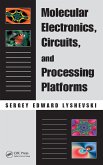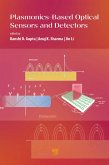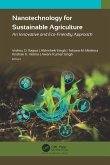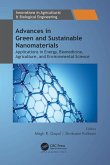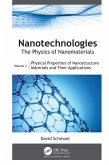Sensors are effective tools used to carry out cost-effective, fast, and reliable sensing for a wide range of applications. This volume presents a brief history behind sensing technology and highlights a broad range of biosensing techniques based on optical and electrochemical response methods. Starting from the traditional enzyme-based biosensing method to functionalized nanostructure-based sensors, this book also provides a detailed overview of some of the advanced sensing methodologies based on photonic crystal cavity-based sensing devices.
The authors showcase the extraordinary success of nanomaterials, their current strategical exploitation, and an unprecedented pool of possibilities they hold for the future. Many of the technologies have been developed recently for the sensing of various bioanalytes and molecules, some of which have been included in this book through dedicated chapters. The book looks at various sensors, such as for biosensing, electrochemical sensing, gas sensing, photoelectrochemical sensing, and colorimetric sensing, all of which have shown vast potential.
The authors showcase the extraordinary success of nanomaterials, their current strategical exploitation, and an unprecedented pool of possibilities they hold for the future. Many of the technologies have been developed recently for the sensing of various bioanalytes and molecules, some of which have been included in this book through dedicated chapters. The book looks at various sensors, such as for biosensing, electrochemical sensing, gas sensing, photoelectrochemical sensing, and colorimetric sensing, all of which have shown vast potential.
Dieser Download kann aus rechtlichen Gründen nur mit Rechnungsadresse in A, B, BG, CY, CZ, D, DK, EW, E, FIN, F, GR, HR, H, IRL, I, LT, L, LR, M, NL, PL, P, R, S, SLO, SK ausgeliefert werden.



